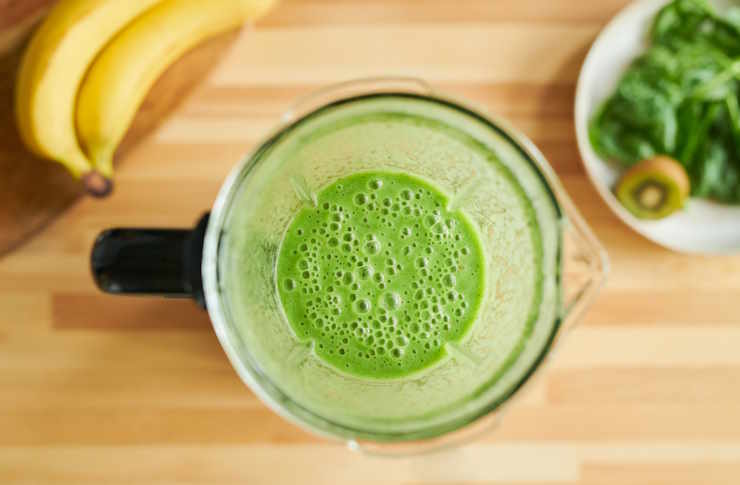A Dive into the World of Edible Insects: A Sustainable Food Trend
Edible insects are making their way into the mainstream culinary scene, offering an eco-friendly and nutritious alternative to traditional protein sources. Are you curious about this emerging food trend? Read below to learn more about this fascinating culinary adventure.

The Rise of Entomophagy
Entomophagy, or the practice of eating insects, is not a new concept. For centuries, many cultures worldwide have incorporated insects into their diets. However, the trend is now gaining popularity in Western societies, particularly in the United States. This shift is driven by increasing awareness about the environmental impact of traditional livestock farming and the search for sustainable protein sources.
Nutritional Value of Edible Insects
Insects are not just a sustainable food source; they are also packed with essential nutrients. They are rich in protein, healthy fats, fiber, vitamins, and minerals. For instance, crickets contain almost as much protein as chicken and three times more iron than spinach. This makes them an excellent option for those looking to diversify their protein sources.
Environmental Impact
Rearing insects for food has a significantly lower environmental impact compared to traditional livestock farming. Insects require less land, water, and food, and they produce fewer greenhouse gases. Furthermore, they can be raised on organic waste, turning a potential problem into a solution.
Incorporating Edible Insects into Your Diet
For those interested in giving edible insects a try, there are various ways to incorporate them into your diet. They can be eaten whole, ground into powder and added to baked goods, or used as a protein source in energy bars and shakes. Start with something simple, like adding cricket flour to your morning smoothie, and gradually explore more adventurous options.
Overcoming the ‘Yuck’ Factor
One of the biggest challenges in promoting edible insects is overcoming the ‘yuck’ factor. However, this is more of a cultural perception than a genuine taste issue. Many who have tried edible insects describe their taste as nutty, earthy, or even similar to shrimp.
Useful Tips and Facts: - Start your edible insect journey with something less intimidating, like cricket flour or insect-based protein bars. - Cooking methods can greatly influence the taste and texture of edible insects. Roasting brings out their nutty flavor while boiling softens their texture. - Always buy from reputable sources to ensure the insects have been farmed and processed safely.
In conclusion, edible insects offer a sustainable and nutrient-rich alternative to traditional protein sources. While the idea may seem off-putting to some, with an open mind and a sense of culinary adventure, you may find yourself pleasantly surprised. This food trend is not just about novelty; it’s about making conscious choices for our health and our planet.






